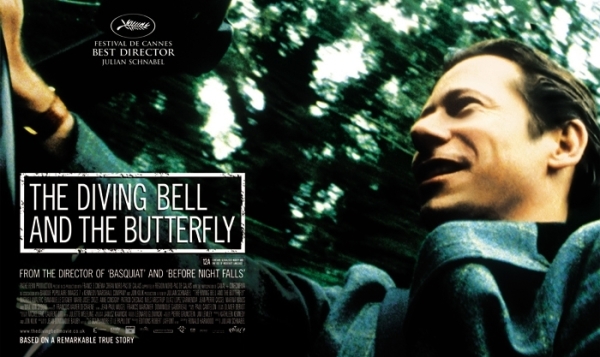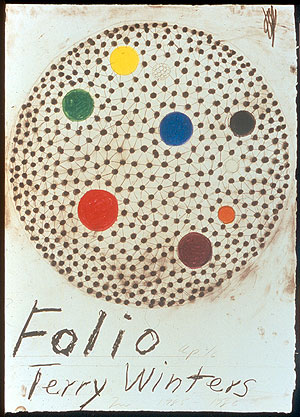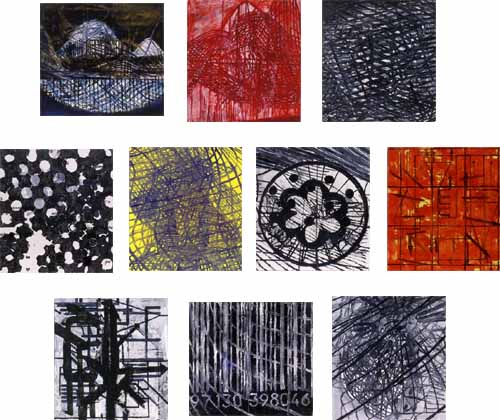Favorite Performances II
Thursday, May 31st, 2007I – Chris Delaurenti got a great review from NYtimes.
The Concerts Found Onstage While Everyone Else Takes a Break
Every composer, every sound artist, every musician, poses a fundamental question to everyone else, Mr. DeLaurenti said in an interview. It’s a request to listen. I have faith that in any sound or collection of sounds, music lies therein. It does sound crazy, he continued. Craziness is the root of many great musical ideas and the source for new ways of listening and considering the world around us. The recordings at first may have all the allure of watching moss grow. But when the tracks on Mr. DeLaurenti’s CD are heard together, with his theories and the history of the musical avant-garde in the background, they make a crazy kind of sense as performances.
Vested by Chris
The DeLaurenti concert going vest had microphones sewn into it.
Re: Iannis Xenankis (Chris is an expert)
Iannis Xenakis has probed the frontiers of acoustic and electronic music for decades. He was the first to explore the musical possibilities of granular synthesis. Listen to the gloaming granular textures of La Legende d’Eer (Real Audio) from the cd La Legende D’Eer MO 782058. (via)
II- Miranda July’s piece has no intermissions, rather her performances are series of hidden intermissions in between her poses. (One pose per second)
This Moment Miranda (previous post on Miranda July-mini retrospective)







